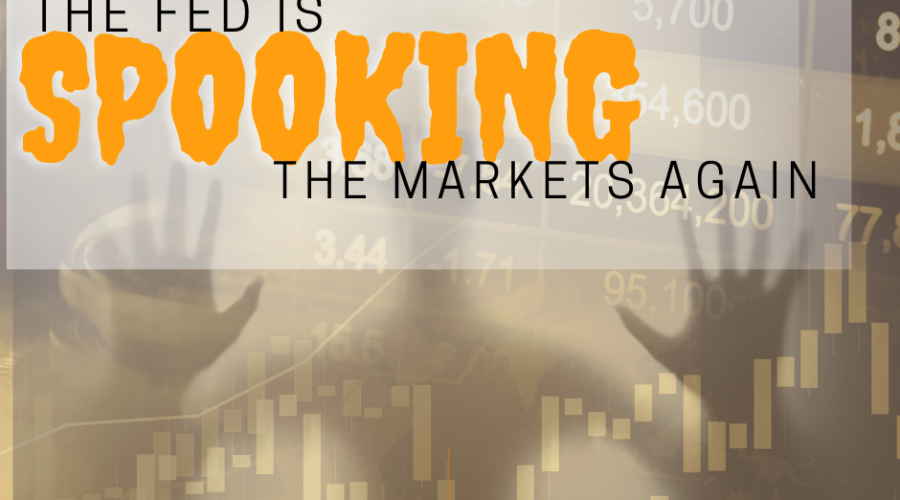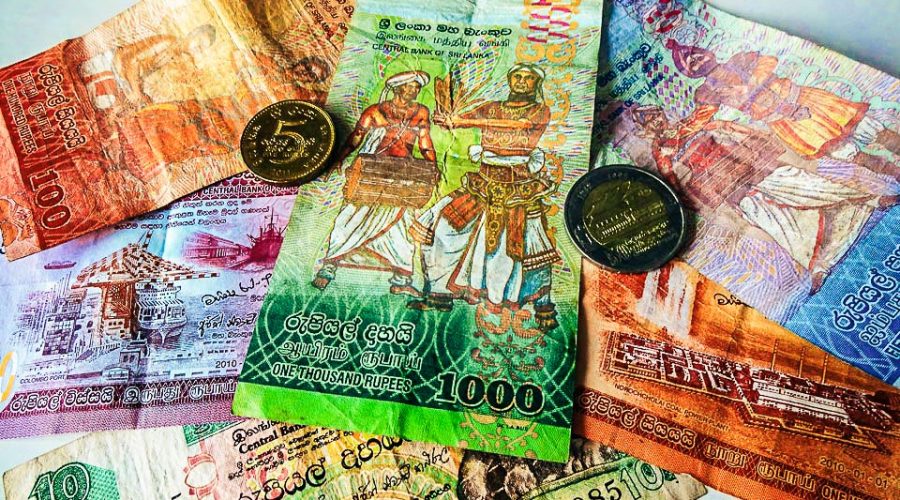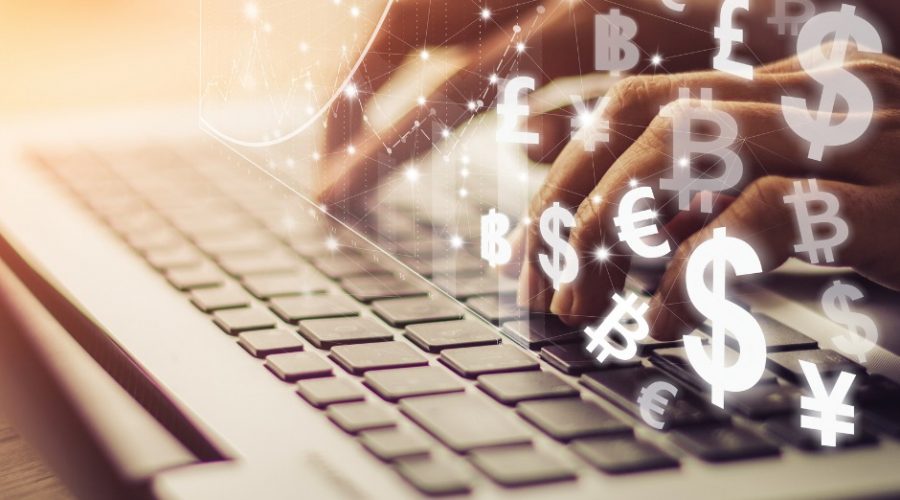The FED is spooking the markets again
Mark Yegge here, wealth architect and lifestyle investor. I just want to give you an update as of the 23rd of August. The Fed is going to be having a meeting I think in the next couple of days over in Jackson Hole. They do this every year. And everybody builds up all this anticipation, what’s the Fed going to do? Well, this is not an unusual year, but it isn’t unusual, you’re in a lot of ways, in that the Fed is supposed to make another announcement about whether they’re going to be hawkish or dovish. Hawkish means that they’re going to raise rates like their hawks. And dovish means everybody’s good, and they’re going to lower rates. Since the last rate raise, which was 75 basis points, basically three quarters of a percent, the Fed is trying to raise rates or saying they’re trying to raise rates to lower economic output to lower prices to cool off inflation. Which is a direct measure of how much money the Fed is spending, and how much they’re printing in money. Okay, they don’t actually print the dollars anymore, they just kind of make them up with zeros in the accounts, put a bunch of money in circulation and that is reflected almost 100% directly in the inflation rate. And so, you’re seeing huge inflation. The government says it’s 9.1, or eight and a half percent or some stupid number. If you believe it, fine. That’s the official number. It’s still higher than the official number from a year ago, which was 2 or 3%. But it’s really much worse than that. I mean, food costs are more than 32%. Car costs for new cars are up 14% Used Cars are up 32%, butter is up 51%, eggs are up 38%, you know, it just keeps going. There’s not a lot of eight and a half percent in there, we got some fuel costs that did come down from the highs, like the record highs that they had, they came down.
So, from the last time, they raised to three quarter basis point, three quarters of a percent or 75 basis points in a row, which is unprecedented. So, everybody said “well, the Feds got to be done.” And the markets have basically gone up since that increase. And they said, “well, the Feds not going to really do what they think they’re going to do, and that’s raise 50 basis points or a half a percent.” And so, everybody’s been kind of going along with that. But now the closer we get, people are like “wait a minute here, you know, maybe the economy’s still a little hot, maybe the Fed is not going to back off.” And the rhetoric says they’re not going to back off. So, people aren’t thinking the Fed is going to be as dovish, as they were.
So, what happened on Monday the 22nd of August, is the markets had their biggest drop, since last year, it was down 650 points or something like that on the Dow. So, everybody freaked out and said, “Oh, the Feds going to be raising rates again, they’re going to kill the economy even more.” Therefore, the stock market goes down. Eventually, the Fed has no choice, they got to print more money because of the government spending. You heard about this “Inflation Reduction Act”, which the Congressional Budget Office said, “shouldn’t we be calling it the deflation reduction action?” It’s actually going to increase inflation, it’s going to increase the amount of money the Feds going to have to print, they’re not going to be able to pull in enough tax revenues to pay for all the spending that this bill has in it. Yeah, it’s going to save some money on some Medicare drug costs or something like that. But at the end of the day, it’s going to create even more inflation, they call it the inflation Reduction Act, they think we’re stupid, and a lot of people are a lot of people are saying, “Whoa, this is going to go down, but isn’t going to go down. It’s not that the Fed is stuck, they’re going to print more and more and more money.
Look, all you have to do is study history. And I know we don’t study history anymore in this country, because we don’t believe in it for some reason. But if you go back to 1913, and you look at what the value of the dollar is, in purchasing power, compared to today, the dollar has lost 98.5% of all its purchasing power. You know, you could buy a house for $5,000, back in 1913. Today, you can spend $350,000 and buy a similar kind of house. And houses are supposed to be more affordable, not less. So, we’ve lost all the purchasing power of our dollar. And that’s because we keep printing money, there’s an infinite supply of money. And whenever the government needs money, they spend it and then the Fed has to finance it. And that’s just the way it is.
So, the markets went down yesterday, the markets are down today. Who knows if the markets go down huge tomorrow, or if they’re dovish, they jump up, whatever, be prepared. I’ve been saying that this is a bear market for about eight months. I think we have got another year and a half or so to go. And we’re going to get bounces in here, right because the Fed is going to be meddling in it. But at the end of the day, the Fed is painted in the corner, we’re going to get bounces and you can make some money on those bounces. But be really careful because I think there’s a lot of downside left in a bear market. And they happen really quickly. They always say that the market takes the stairs up and the elevator down. And that’s what happens.
You’ve seen the market in the last seven or eight months go down really quickly, 20% to 80% on some stocks but the averages have lost about 20 to 30%. So, you’ve got to be really, really careful and I don’t want you guys to get hurt out there. So, I want you to kind of know a little bit about the macro picture so that you can think for yourself. Don’t just listen to Cramer. Don’t just listen to the talking heads on TV, MSNBC, CNN, even Fox, whatever, don’t listen to them. Think for yourself. Never give up your power and your health, your wealth or your time.
- By Heather MacKay
- In Blog
- 0 comments










